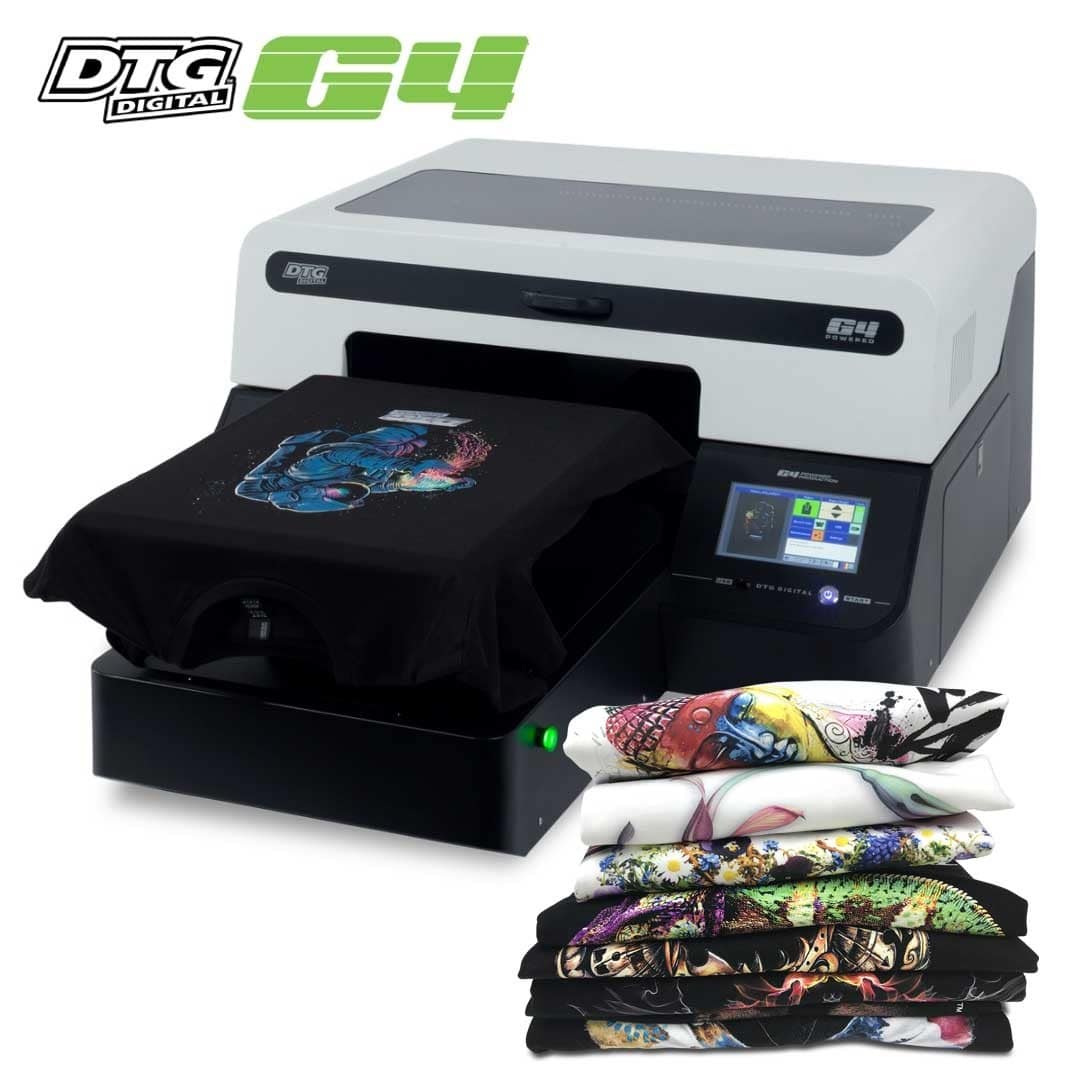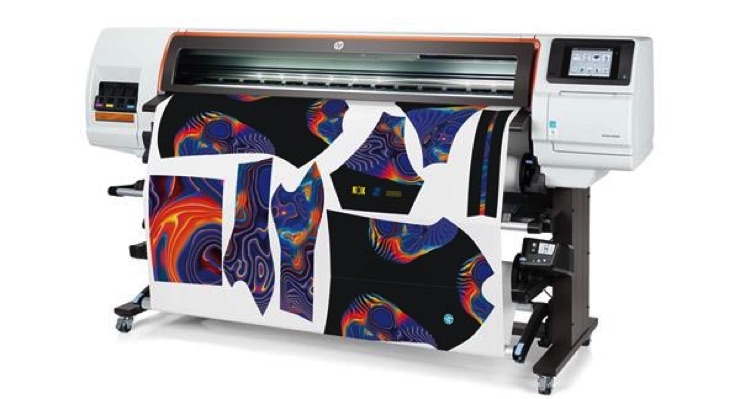A Comprehensive Guide to the Various Kinds of Cloth Printing Methods
Each method, from the precise craftsmanship of block printing to the quick effectiveness of screen printing, serves distinct objectives and offers unique advantages. Digital printing's versatility and environmental awareness stand in stark comparison to the quick customization of heat transfer printing.
Block Printing
Block Printing, among the oldest approaches of textile decor, has a rich background that goes back to old human beings. Stemming in China around 220 A.D., this method later infected India and ultimately Europe. The procedure includes carving elaborate layouts right into wood blocks, which are then dipped in color and pressed onto textile to develop patterns. This technique is significant for its ability to generate very described and repetitive designs.
The precision and craftsmanship associated with block printing make it a labor-intensive procedure, but it likewise permits for a high degree of customization. Artisans can create one-of-a-kind patterns by incorporating various blocks or varying the application of dye. This flexibility has actually added to the long-lasting popularity of block printing in both conventional and contemporary fabric style.
Block printing is particularly valued for its aesthetic top qualities, including the minor variations in pattern and shade that arise from the hand-printing procedure. These blemishes offer an one-of-a-kind personality to every piece, identifying it from mass-produced materials. Despite developments in contemporary printing modern technologies, obstruct printing continues to be a valued technique, celebrated for its historical importance and creative worth.
Display Printing
Display printing, one more prominent fabric decoration strategy, has actually reinvented the industry with its effectiveness and versatility. This approach entails developing a stencil, called a screen, and utilizing it to use layers of ink on the printing surface area. Each shade in the layout calls for a separate screen, which allows for intricate and vibrant multi-colored prints.

Among the key benefits of screen printing is its flexibility to different sorts of fabrics, consisting of cotton, polyester, and blends. This method is particularly appropriate for large-volume orders due to its cost-effectiveness and speed. The sturdiness of the prints is an additional substantial benefit, as the ink bonds well with the textile, guaranteeing resilient styles that hold up against multiple cleans.
When dried, the layout is transferred onto the emulsion-coated screen making use of a UV light source. Ink is then pressed through the pattern onto the fabric utilizing a squeegee.
Display printing is extensively utilized in the fashion business, promotional items, and custom clothing. Its ability for top notch, detailed prints secures its standing as a foundation technique in textile printing.
Digital Printing
Digital printing has actually swiftly arised as a cutting-edge technique in the fabric industry, leveraging innovative innovation to generate high-resolution designs straight onto fabric. Unlike traditional approaches, electronic printing utilizes inkjet printers to down payment pigment or dye-based inks onto fabrics, enabling vibrant and intricate patterns with an impressive degree of detail and color accuracy.
One of the primary benefits of electronic printing is its flexibility. This technique permits for on-demand printing, which considerably lowers waste and reduces stock expenses.
Additionally, electronic printing is ecologically friendly. sublimation printing. It utilizes water-based inks and calls for much less water and energy compared to conventional techniques, lining up with lasting techniques. The accuracy of electronic printing additionally allows making use of a larger series of materials, consisting of cotton, silk, polyester, and blends, ensuring adaptability across numerous applications
Heat Transfer Printing
Just how does heat transfer printing change material design? This technique has brought Get More Info significant improvements by enabling vivid and elaborate designs to be moved onto a variety of materials with impressive accuracy. Warmth transfer printing includes making use of heat and pressure to transfer a style from a particularly formulated paper onto material. This procedure begins with publishing the wanted image onto transfer paper making use of specialized inks. Once the picture is printed, the paper is placed onto the fabric and subjected to a warm press, which moves the ink from the paper to the textile.
One of the primary advantages of warm transfer printing is its capacity to create premium, in-depth images quickly and successfully. It is especially appropriate for tiny production runs and custom orders, making it a prominent option for customized apparel and promotional products. Furthermore, this technique is flexible, fitting various kinds of fabrics including cotton, polyester, and blends.
Furthermore, warm transfer printing is relatively economical compared to various other methods, as it requires minimal configuration and reduced preliminary investment - sublimation printing. This price, paired with its capacity for producing vivid, sturdy prints, emphasizes its crucial function in contemporary textile style

Dye Sublimation Printing
Dye sublimation printing, an innovative material printing method, supplies unrivaled vibrancy and longevity for layouts on various synthetic materials. This technique includes converting solid dye right into a gas without going through a liquid state, allowing the dye to permeate the textile seamlessly. The process begins with publishing the style onto a special transfer paper utilizing sublimation inks. The printed transfer paper is then positioned on the material, and both undergo high warm and stress using a warmth press. The warm causes you could check here the color to sublimate and bond with the material fibers, producing a long-term, high-resolution print that withstands fading and cracking.
One of the essential advantages of dye sublimation printing is its capacity to create continuous-tone prints with vivid colors and intricate information. Unlike various other printing techniques, the color enters into the material as opposed to sitting on top of it, leading to a breathable and soft surface. This strategy is especially reliable on polyester and various other synthetic products, making it a preferred choice for sportswear, banners, and home fabrics. Furthermore, color sublimation is eco-friendly, as it requires no water and creates very little waste, lining up with lasting production techniques.
Final Thought
Block printing is revered for its artisanal quality, while display printing is beneficial for high-volume manufacturing. Digital printing offers convenience and ecological advantages, whereas warm transfer printing is perfect for fast modification.
Each technique, from the careful craftsmanship of block printing to the rapid performance of screen printing, serves special functions and provides distinct benefits. Digital printing's flexibility and ecological awareness stand in stark comparison to the quick personalization of warm transfer printing. In spite of advancements in modern-day printing innovations, obstruct printing continues to be a valued method, celebrated for its historic importance and creative worth.
Dye sublimation printing, an innovative fabric printing strategy, supplies unparalleled vibrancy and durability for styles on various synthetic fabrics. Digital printing supplies convenience and environmental advantages, whereas warm transfer imp source printing is perfect for rapid modification.